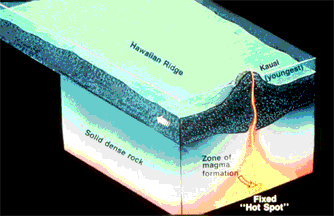This is a drawing of how a hot spot under the crust builds land on the surface.
Click on image for full size
Image copyright 1997 by the American Geophysical Union. Further electronic distribution is not allowed.
Plume Volcanism
The Hawaiian Islands are an example of the way some volcanoes are made. A rising hot plume of material makes it's way to the lithosphere of the Earth from the deep interior, and erupts material unto the surface. Such a plume is called a "hot spot". Lava from eruptions turns to layers of rock and builds a volcanic "cone". Continual eruptions eventually build a whole island on the surface.
On Earth, the hot spot is still, and the portion of crust on which the islands are formed moves past the hot spot. In this drawing, the crustal plate moves to the left, past the stationary hot spot or plume. Each island which is created has a volcano associated with it. The oldest island is at the upper left, the youngest at the lower right. This way, a chain of islands are formed, each one younger than the last. The oldest islands are eroded away, and eventually are covered by ocean water.
A similar process built the Tharsis Ridge of Mars and many volcanic rises on Venus. On these planets the crust did not move past the hot spot, but remained stationary. The volcanoes of Mars which were built this way became very large indeed.
You might also be interested in:
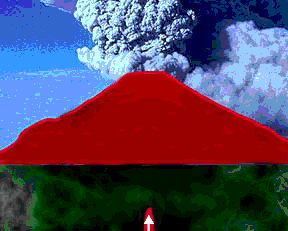
Volcanoes form when hot material from below risesand leaks into the crust. This hot material, called magma, comes either from a melt of subducted crustal material, which is light and buoyant after melting,
...more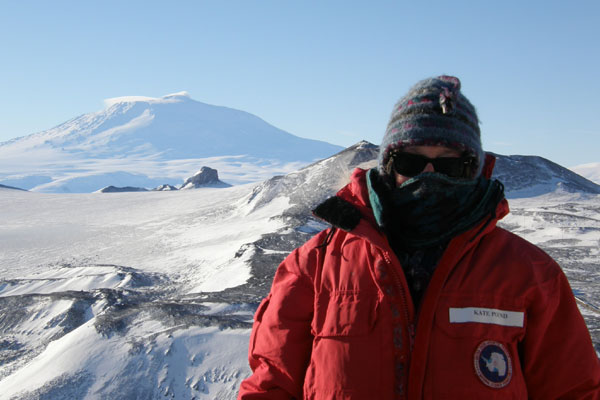
Dear everyone, I am settling in to life at McMurdo Station as we wait for the first core samples to be brought to Crary Lab from the drill site, which is about 25 km to the NW of McMurdo Station. While
...more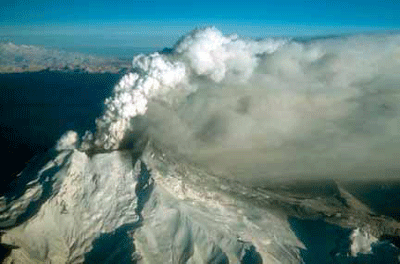
Ash is made of millions of tiny fragments of rock and glass formed during a volcanic eruption. Volcanic ash particles are less than 2 mm in size and can be much smaller. Volcanic ash forms in several ways
...more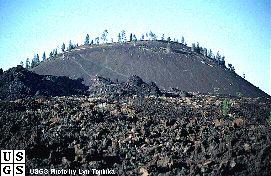
Cinder cones are simple volcanoes which have a bowl-shaped crater at the summit and rarely rise more than a thousand feet above their surroundings. They usually are created of eruptions from a single vent,
...more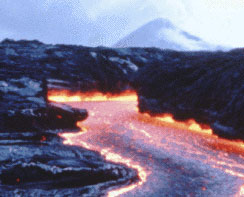
Lava can move in broad flat lava flows, or it can move through constrictive channels or tubes. Lava flows have a large surface area so they tend to cool quickly and flow slowly. The fastest unconstricted
...more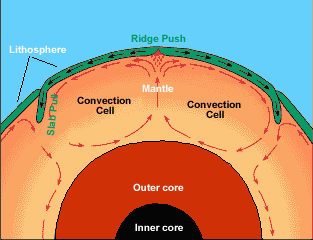
Earth’s center, or core, is very hot, about 9000 degrees F. This heat causes molten rock deep within the mantle layer to move. Warm material rises, cools, and eventually sinks down. As the cool material
...more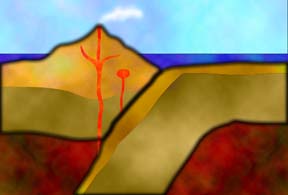
Many kinds of surface features provide evidence of a sliding lithosphere. When two plates move apart, rising material from the mantle pushes the lithosphere aside. Two types of features can form when
...more


